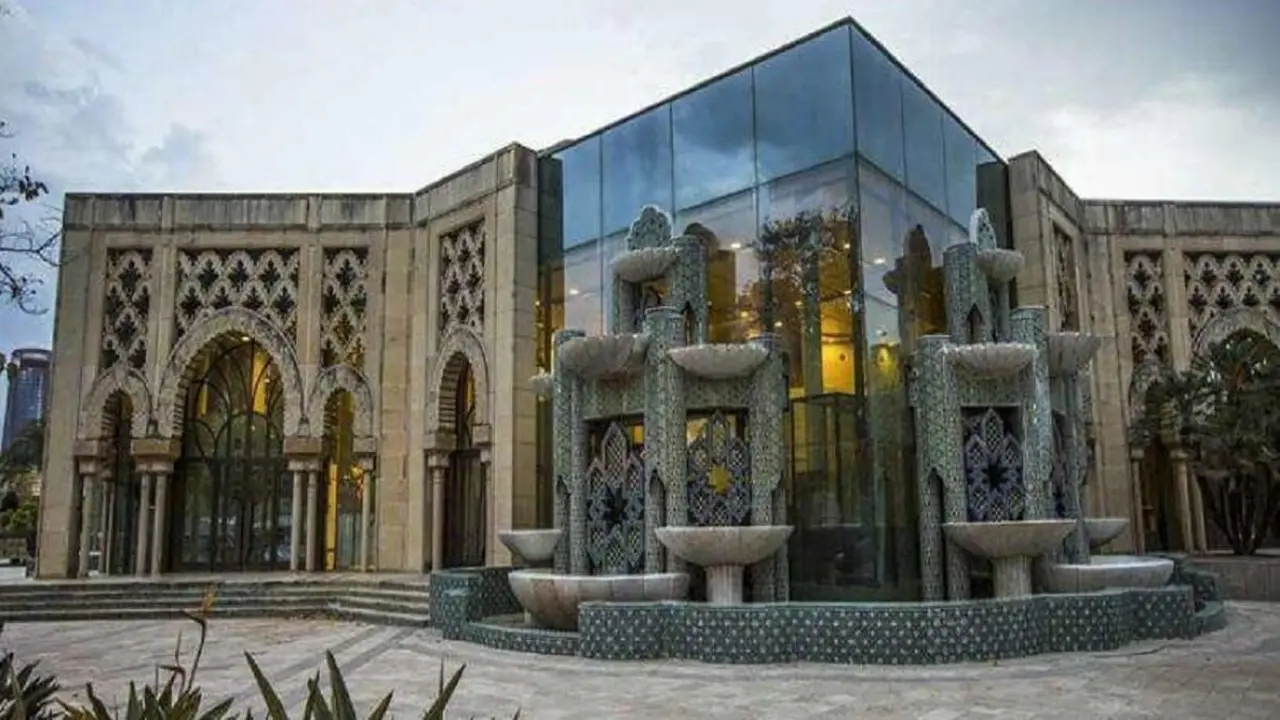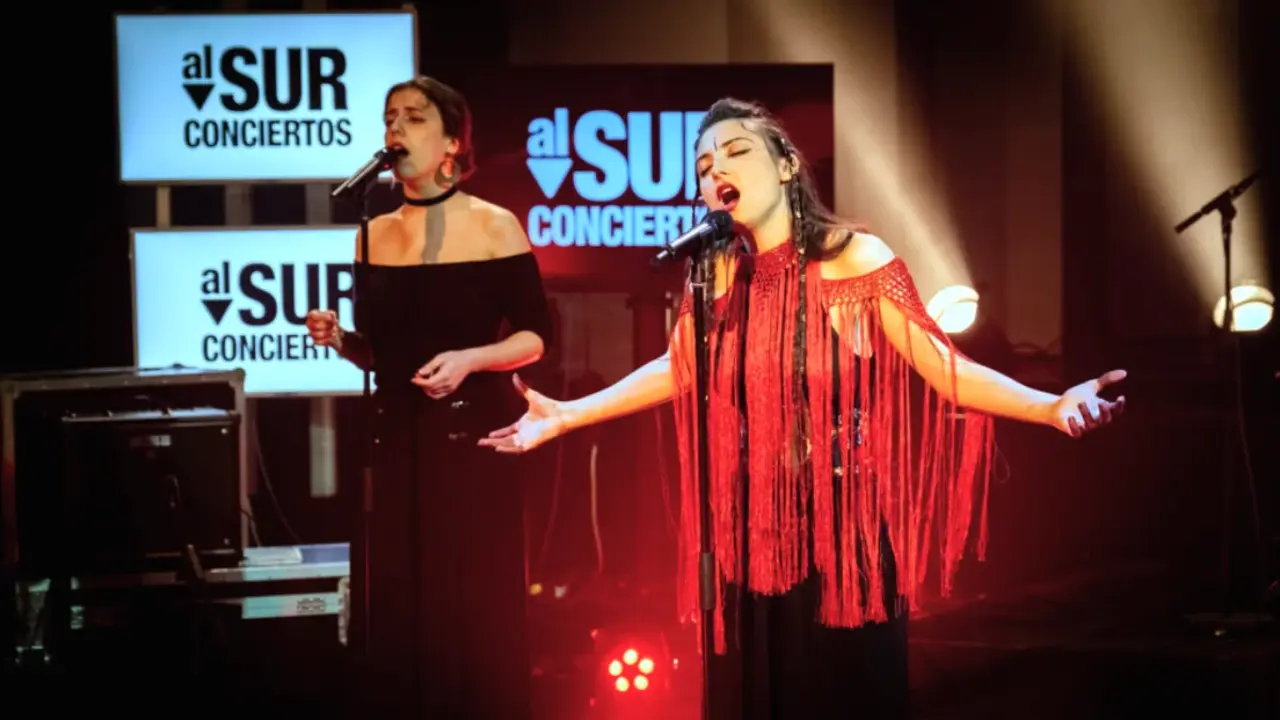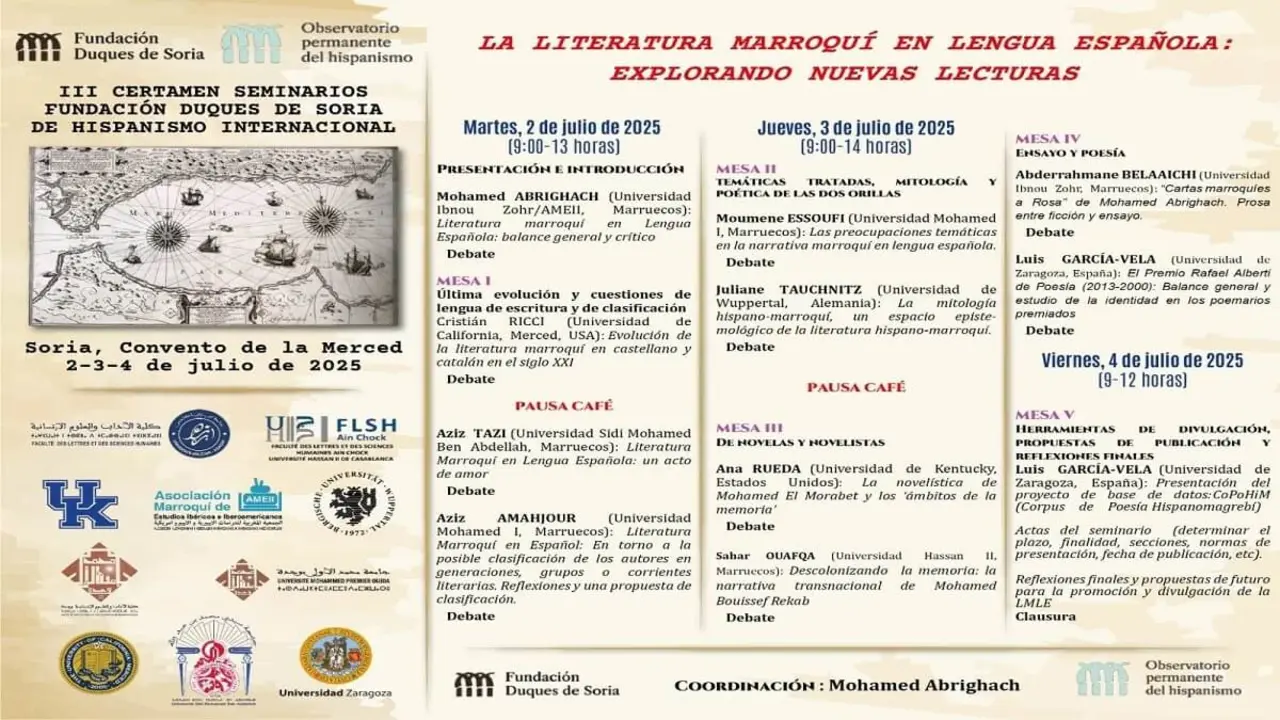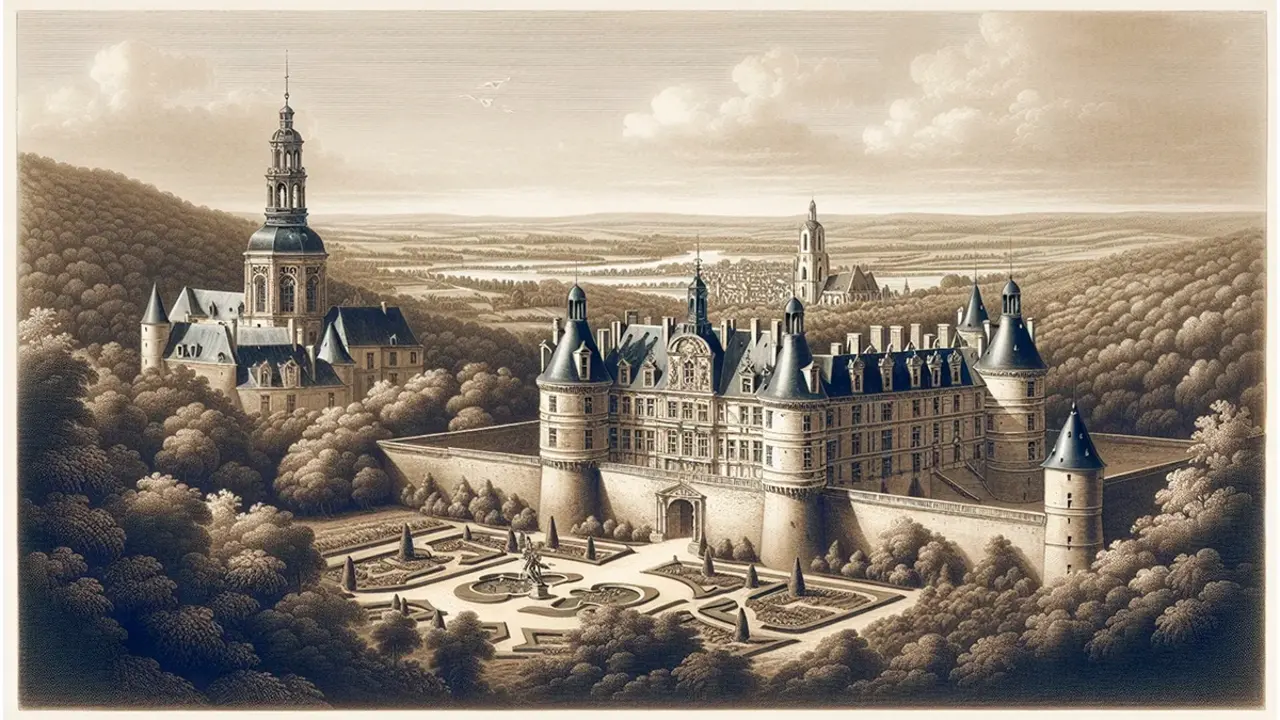Nature at war, as always

The León-based writer Marta del Riego Anta has just published her latest novel, Cordillera (AdN Editorial, 411 pages), a wild and dark story, but at the same time one of beauty and destruction, as well as a love song to nature and especially to the mountains, which in this case are the brutal Asturian-Leonese mountains of the Cantabrian Range.
These mountains are at war with bears and wolves, with outsiders and with themselves. Del Riego constructs an original plot, demonstrating her profound knowledge of the area, its people and the ancestral internal struggles that are waged in landscapes that are as breathtakingly beautiful as they are dangerously absorbing.
He has chosen three main characters: Nidia, the last transhumant shepherdess of her lineage; Darío, a biologist who, fed up with his research centre in Madrid, arrives in the village to study brown bears; and the female bear with her cubs who lives high up in the valley.
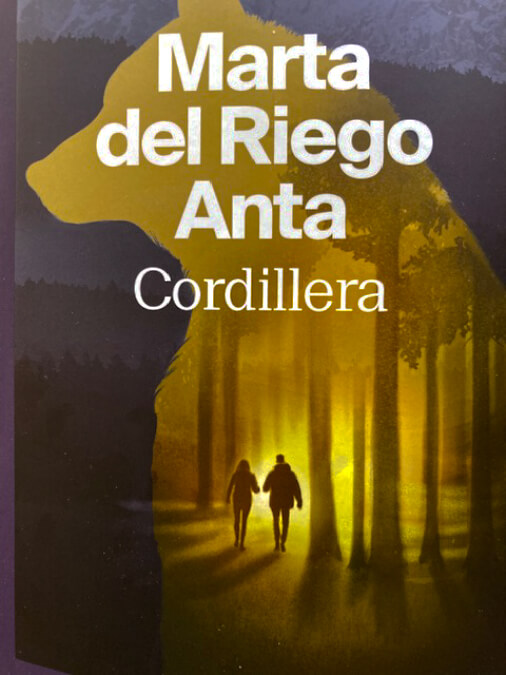
The clash between humans and non-humans is inevitable, as it has been for centuries, a struggle that has recently intensified among humans themselves: on the one hand, the long-time inhabitants of these lands, which they care for and whose livestock they also tend and herd, providing their livelihood; on the other, conservationists, mostly city dwellers, who consider wolves and bears to be the true owners of a territory supposedly taken, if not usurped, by humans.
The peasant, a concept that has fallen into disuse but which, in my opinion, still defines like no other those who live in and from the countryside, and who in principle are not opposed to bears and wolves also living their lives as long as they do not ruin theirs, lashes out when not one but several of their herd are killed, often with cruelty and repetition. They are not owners of intensive farms but of lifelong family farms, where they have come to name and know the animals that provide their livelihood. This quasi-personal relationship, with individual names, cannot be remedied by the meagre compensation per head slaughtered, a palliative measure that is not usually provided with the necessary speed and promptness.
The León-based writer Julio Llamazares says that it is increasingly common to find novels with well-constructed plots but lacking in the emotions provided by descriptions of the settings in which they take place.
This is not the case with Marta del Riego Anta, who awakens the reader's senses to convey all the sensations. ‘There is no statement more false than that the countryside is silent,’ says the author. "It is full of life, of sounds, both those produced by all the animal species and the less noticeable ones of the plants and the earth; seeing, hearing, smelling, tasting and touching all the elements that nature puts within our reach is something so difficult, and at the same time so strange, that not everyone takes advantage of it. In fact, we are so accustomed to the strident din of the city that we have lost the ability to hear the countless sounds of the countryside."
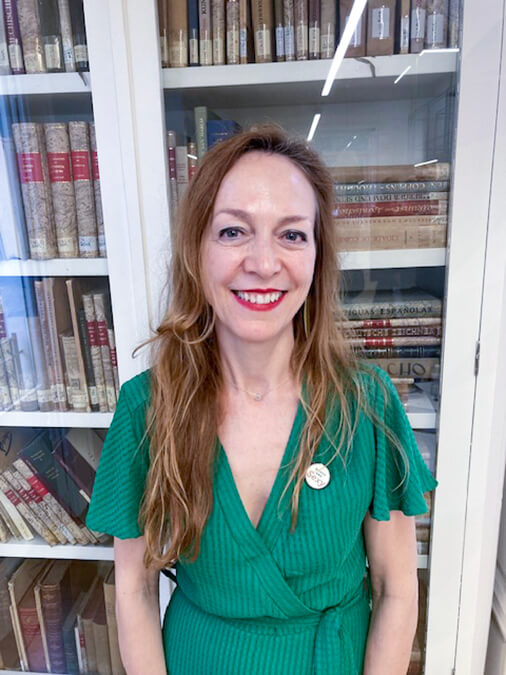
The author, who escaped from her small flat in Madrid to her house and sheepfold in La Bañeza during the pandemic to write the novel in six months, tells us of the enthusiasm with which many city dwellers also decided to leave their flats in the city to buy or rent a house in the countryside, but also how, once the pandemic was over and forgotten, and realised that their conception of the countryside did not correspond to the reality they had found, they returned and have not gone back to what they even described as an ‘idyllic experience’.
She also emphasises her determination that two of the three main characters in the plot are female: the shepherdess and the bear. The latter seems to Marta del Riego much more fascinating than the bear. It is she, the female bear, who hibernates for three months in the cave she has chosen, and during that time she neither eats, drinks, urinates nor defecates, until she gives birth to her litter, which is not always entirely from the same father bear, which the writer considers a reaffirmation of her freedom and autonomy. She thus draws a parallel with the transhumant shepherdess, who, in addition to working and functioning as any man would, claims her own sexuality, which she exploits like the unbridled force of the nature that surrounds her.
This novel, which follows others by the same author, such as ‘Sendero de frío y amor’ (Path of Cold and Love), ‘Mi nombre es Sena’ (My Name is Sena) and ‘Pájaro del noroeste’ (Bird of the Northwest), will evoke many memories for those who were born or lived in villages and hamlets during their childhood and adolescence, but it will also help city dwellers to understand, or at least try to understand, a world of which they have no memory, and which the most daring even try to impose their supposed intellectual and cultural superiority upon.


